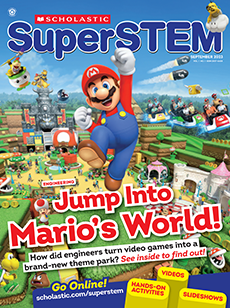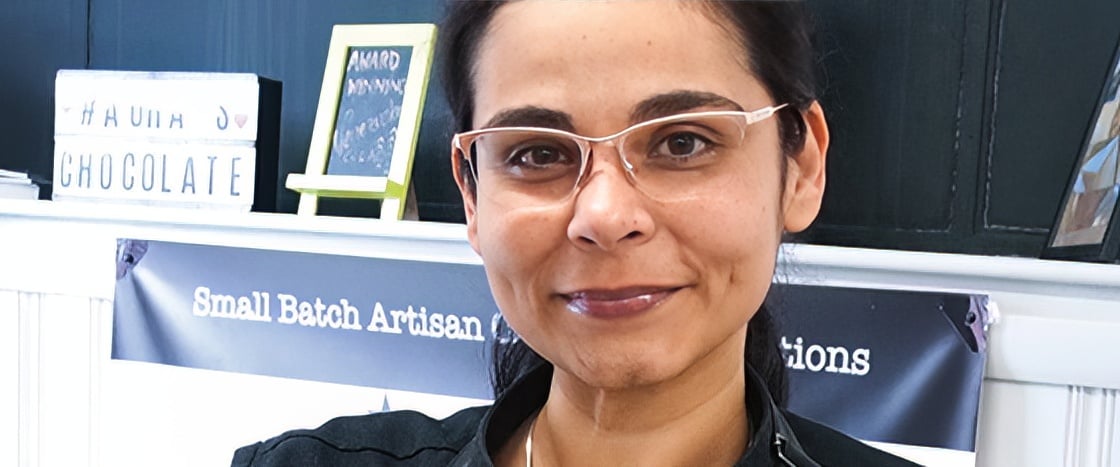It’s easy to mistake Aura Fajardo Quintero’s shop as a small jewelry store. Shelves filled with fancy packages line the walls. Shimmery objects are displayed in glass cases. But all the treasure in this shop is made of chocolate!
Fajardo Quintero started Aura’s Chocolate Bar in September 2017. She first made her treats in a shared kitchen. Since then, she’s opened her own storefront in Cranston, Rhode Island. Now she makes about 20,000 chocolate confections by hand every year.
It’s easy to mistake Aura Fajardo Quintero’s shop as a small jewelry store. Shelves filled with fancy packages line the walls. Shimmery objects are displayed in glass cases. But all the treasure in this shop is made of chocolate!
Fajardo Quintero started Aura’s Chocolate Bar in September 2017. She first made her treats in a shared kitchen. Since then, she’s opened her own store. It’s located in Cranston, Rhode Island. Now she makes about 20,000 chocolate treats by hand every year.

